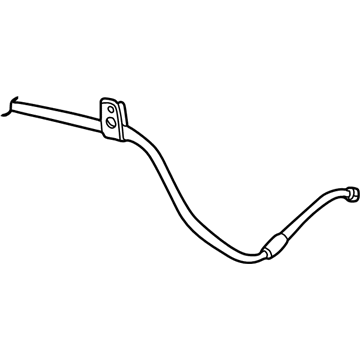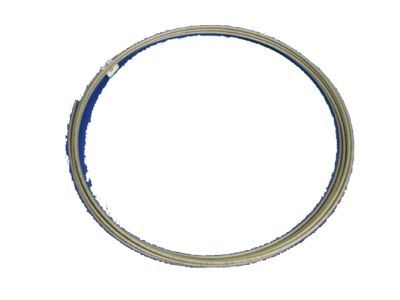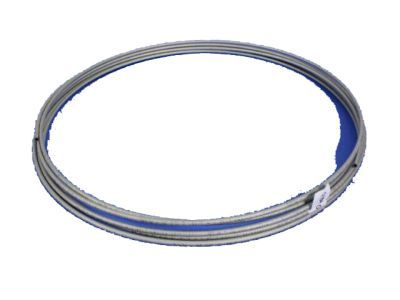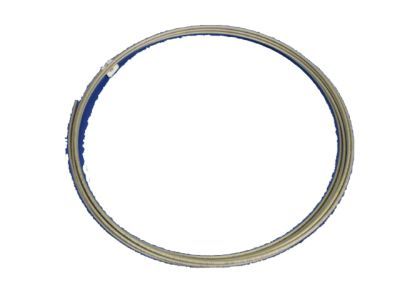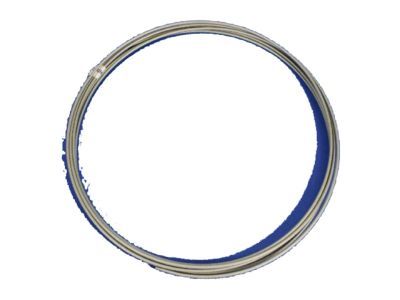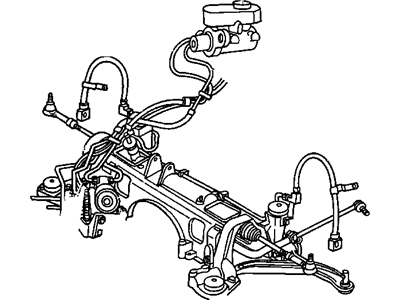
My Garage
My Account
Cart
Genuine Dodge Ramcharger Brake Line
Brake Hose- Select Vehicle by Model
- Select Vehicle by VIN
Select Vehicle by Model
orMake
Model
Year
Select Vehicle by VIN
For the most accurate results, select vehicle by your VIN (Vehicle Identification Number).
6 Brake Lines found
Dodge Ramcharger Brake Line
The Dodge Ramcharger Brake Line is a component that accomplishes the task of supplying brake fluid from the master cylinder to the brake caliper pistons so that; it plays a central role in the hydraulic braking system. Some of the brake problems that are often associated with metal brake lines include corrosion and impact which results in the leakage of fluid and consequently, less pressure is exerted. The brake hose can also have both exterior and interior problems that will definitely give a bad impact on the braking system. In the cases when replacement is required, there are pre-bent kits of brake lines and brass and stainless steel ones for further pipe connections. Swapping to solid stainless steel cables is much more beneficial and will give a much precise feel when heeled and a more responsive feel for performance maneuvers.
Looking for affordable and high-quality auto parts? Then you have already arrived at the proper online shop. We offer all Dodge Ramcharger Brake Line at great affordable prices. Moreover, all genuine Dodge Ramcharger Brake Line come with a manufacturer's warranty. In the long run, you would realize you have saved a lot of trouble and money with OEM parts from here.
Dodge Ramcharger Brake Line Parts Questions & Experts Answers
- Q: How to Replace the Brake Line on Dodge Ramcharger?A:The brake hydraulic system consists of flexible rubber hoses connecting the Wheel Cylinders or calipers and the rear axle fitting to metal lines running along the frame. If an inspection reveals a problem with a rubber hose or metal line, it must be replaced immediately for continued safe use of the vehicle. Before replacing a line or hose, determine the cause of failure and remedy it to prevent future failures. Components such as exhaust pipes can come loose and rub against the line, causing breaks or tears. Replacement steel and flexible brake lines can be found at dealer parts departments and auto parts stores. It is important to use genuine steel or approved flexible brake hoses as replacement items. When removing a brake line or flare-nut hose fitting, always use the proper flare-nut wrenches for loosening and tightening connections. Steel brake lines are usually held in place with clips, which should be completely removed before replacing the supported brake line. These clips provide support and prevent vibration that can lead to line fatigue and breakage. After replacing a line, the hydraulic system must be bled to remove any air bubbles.
